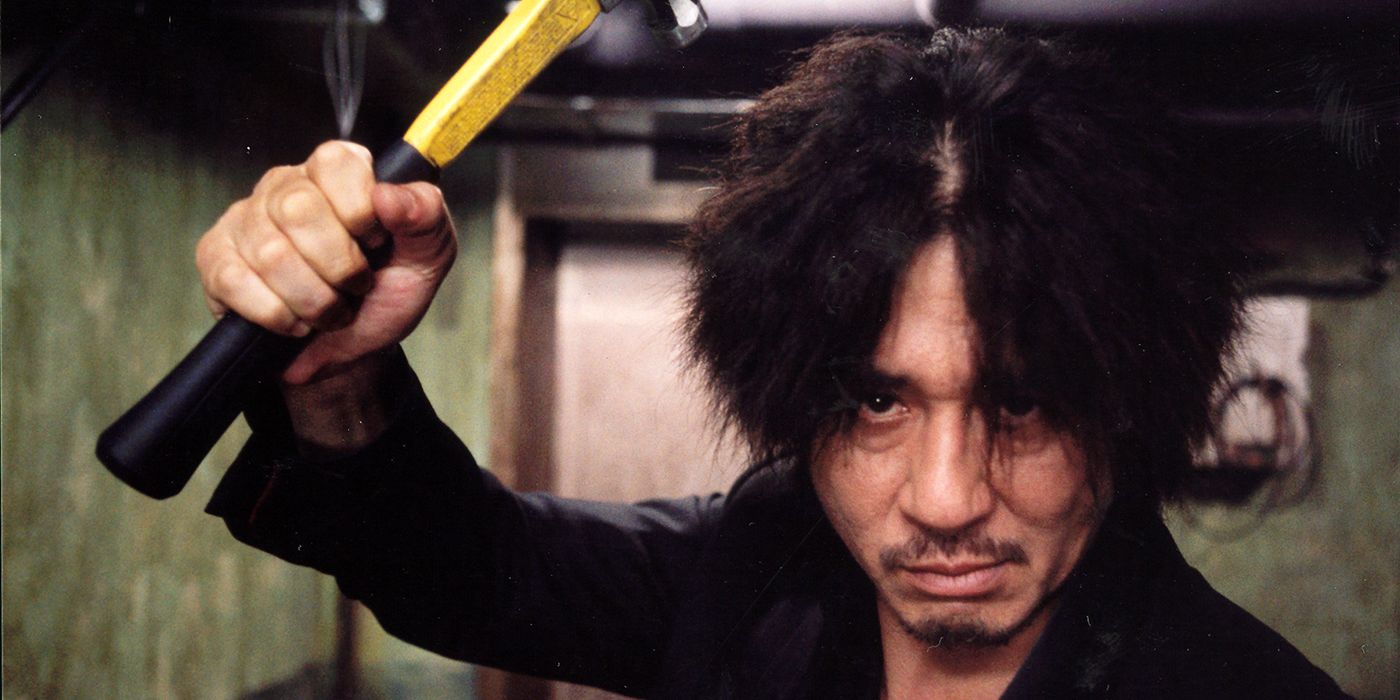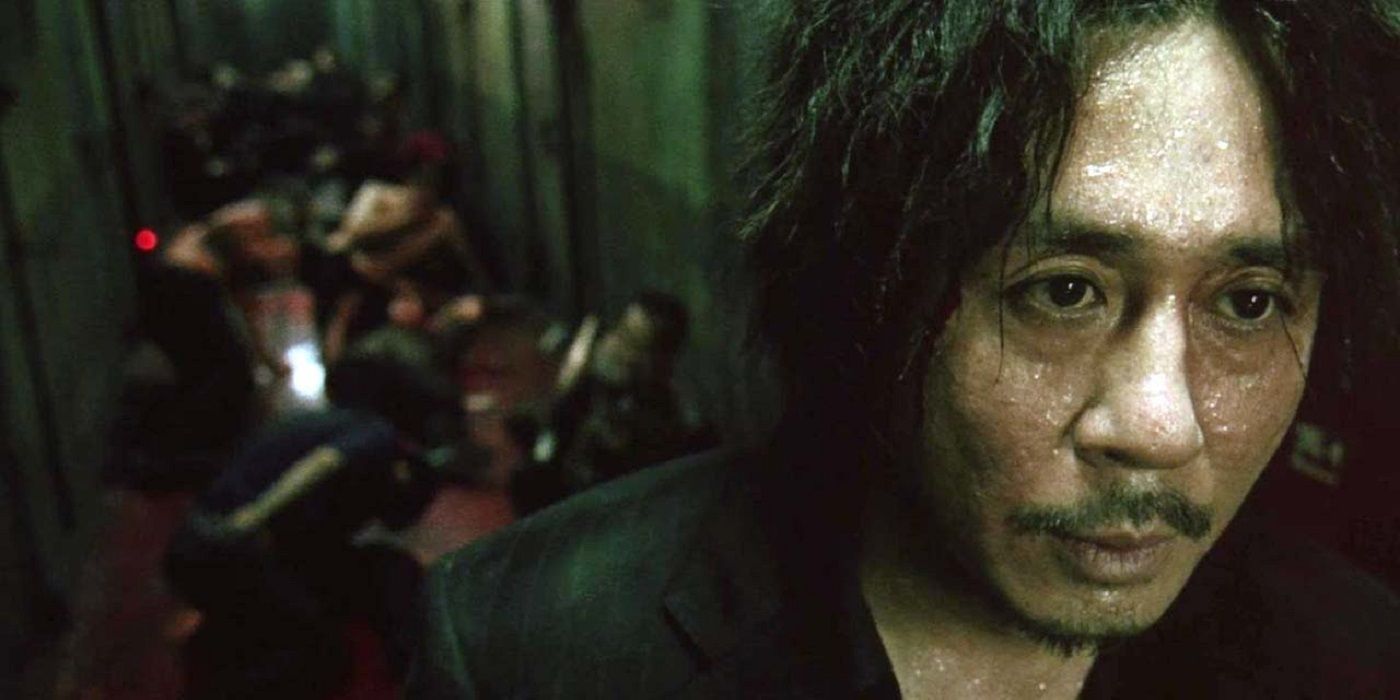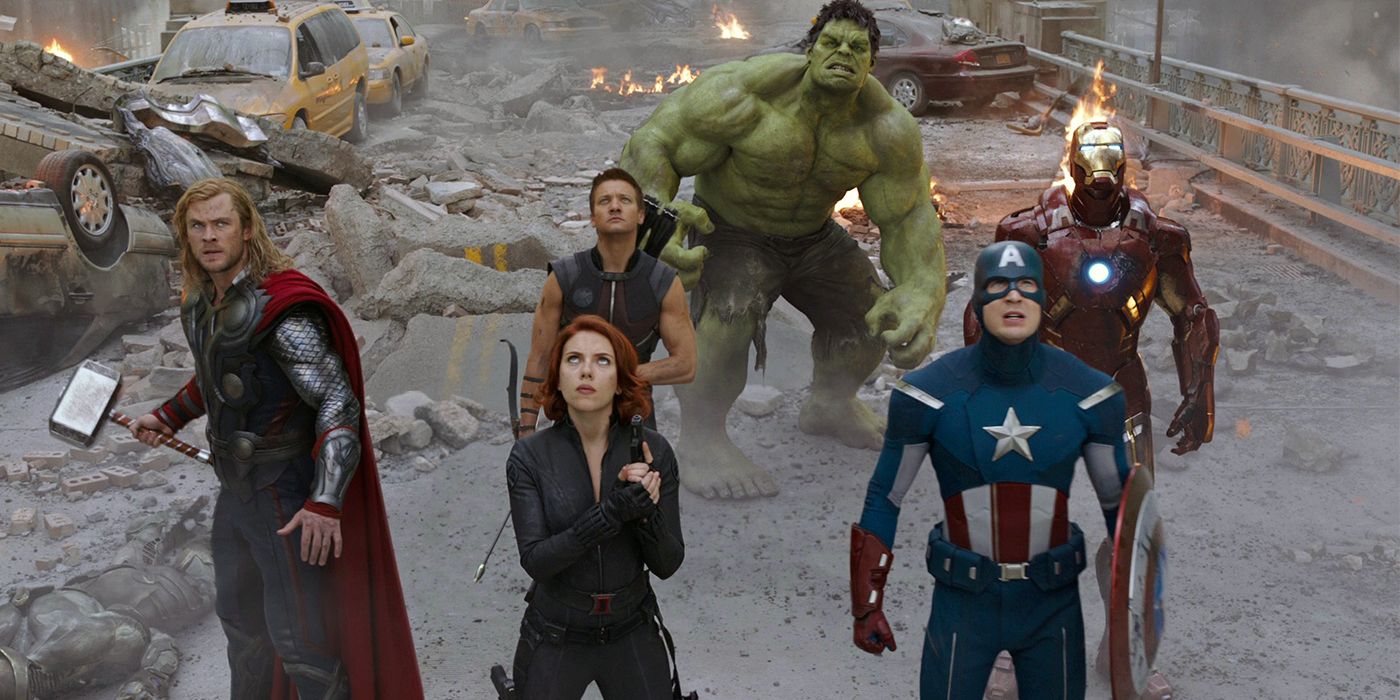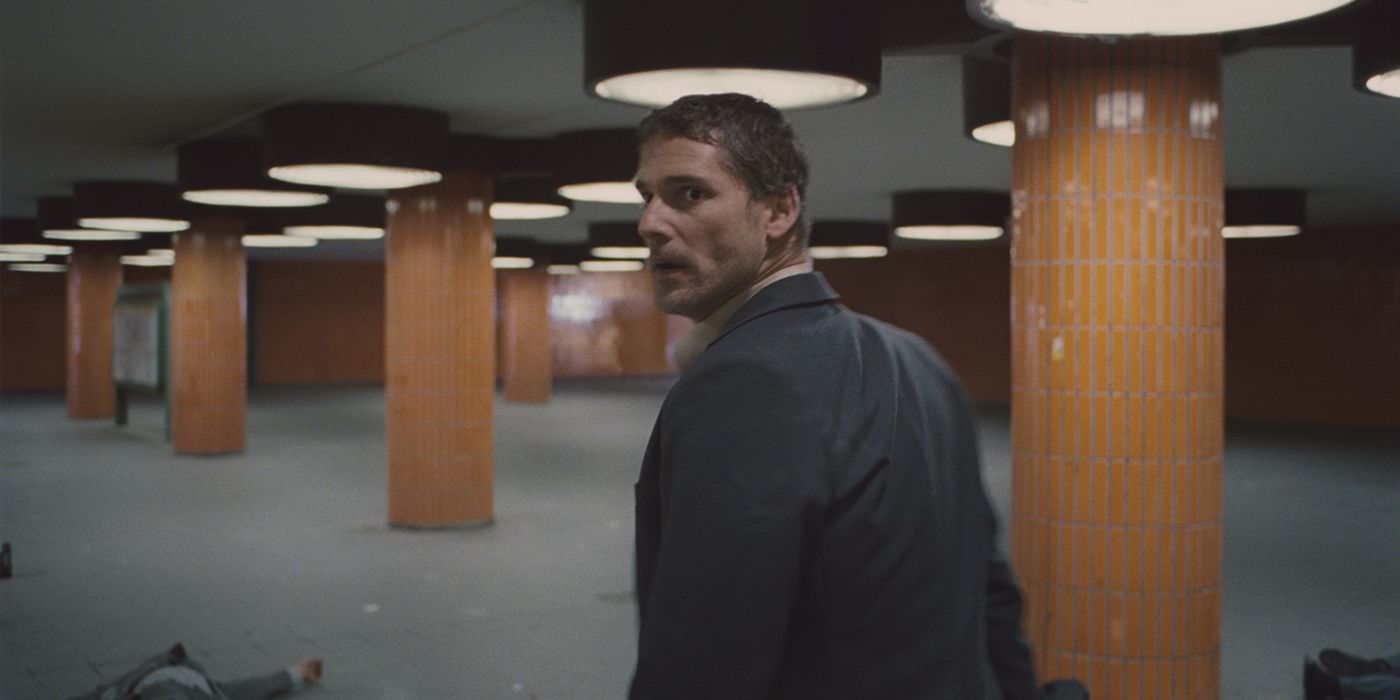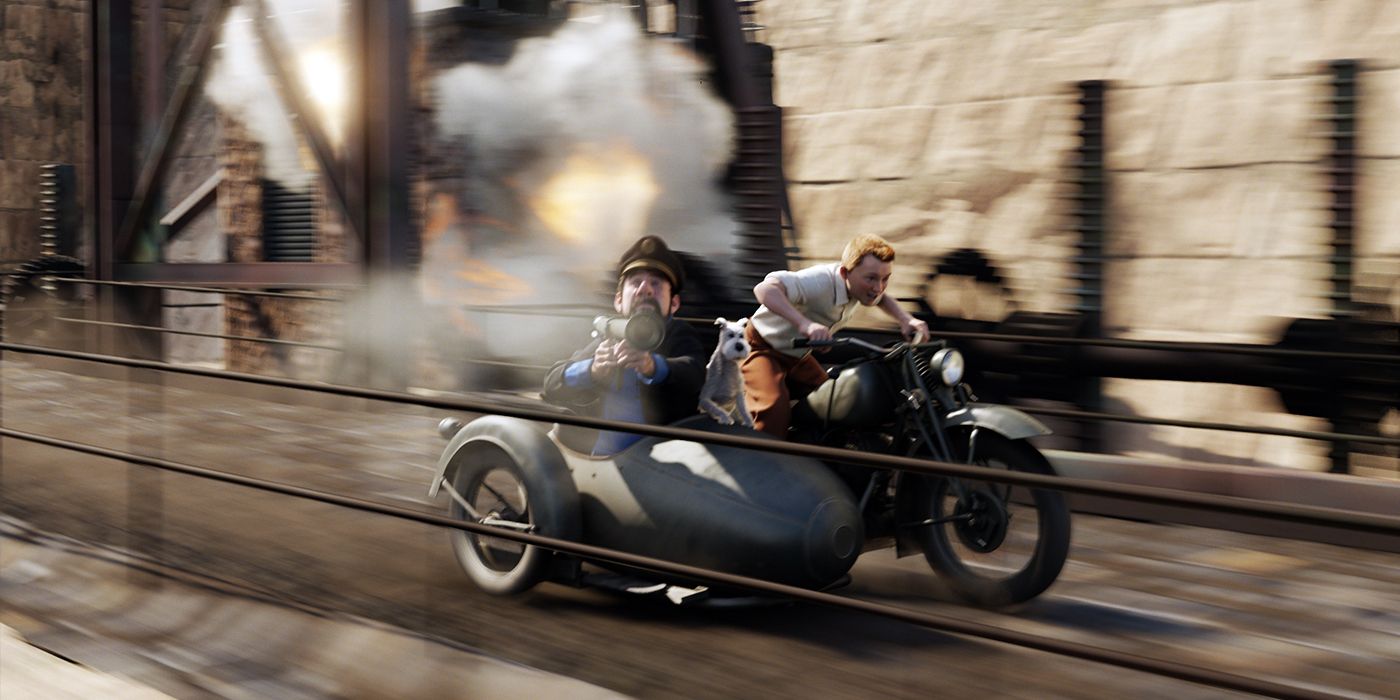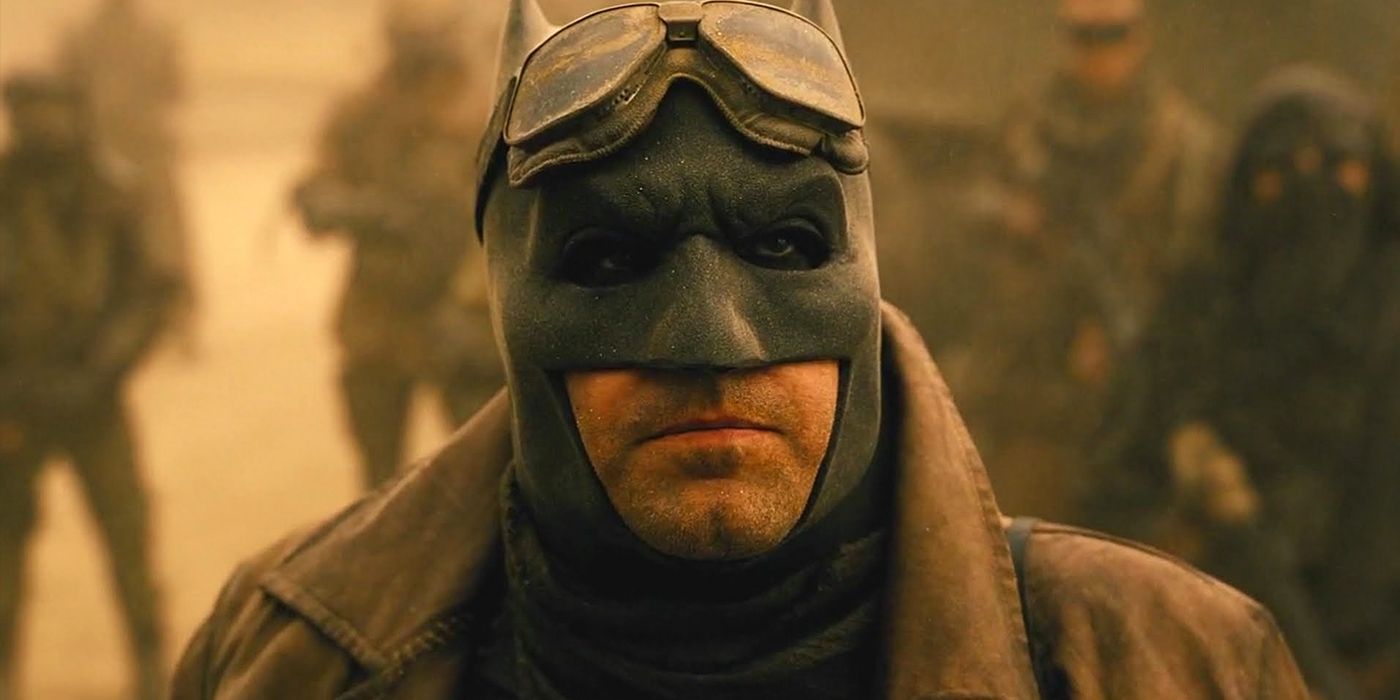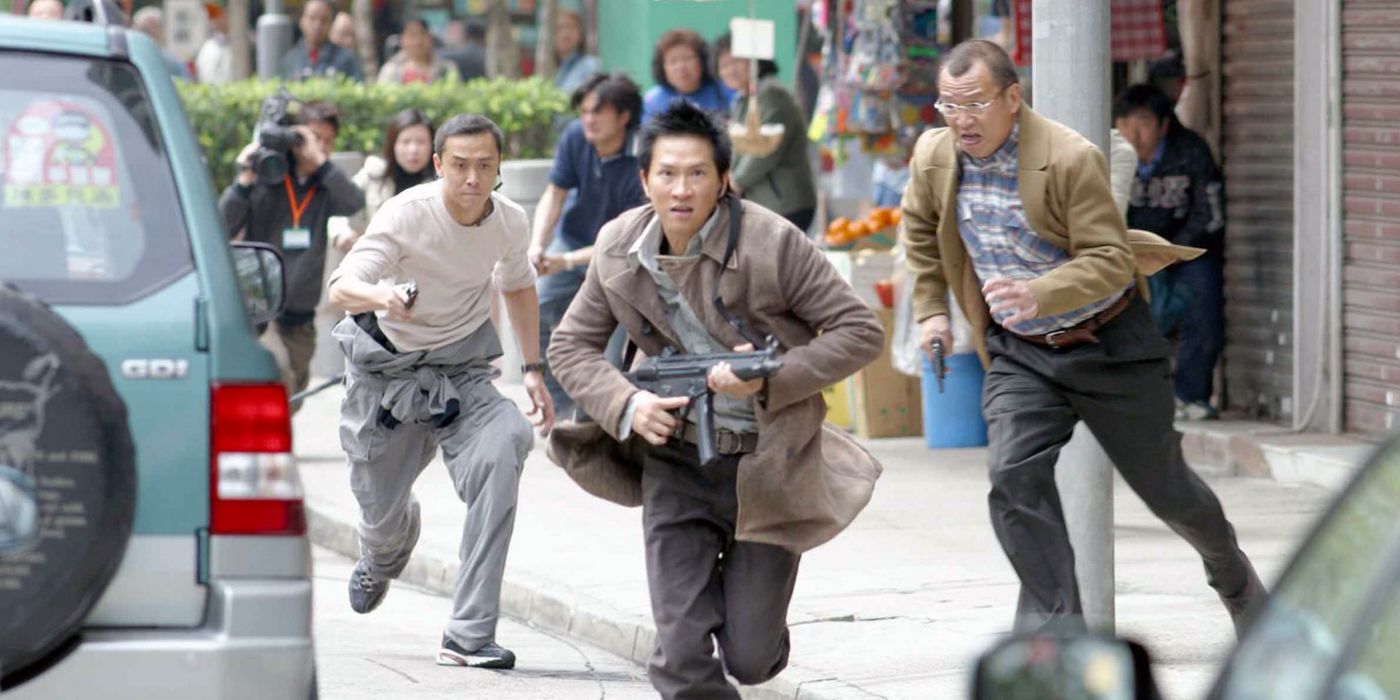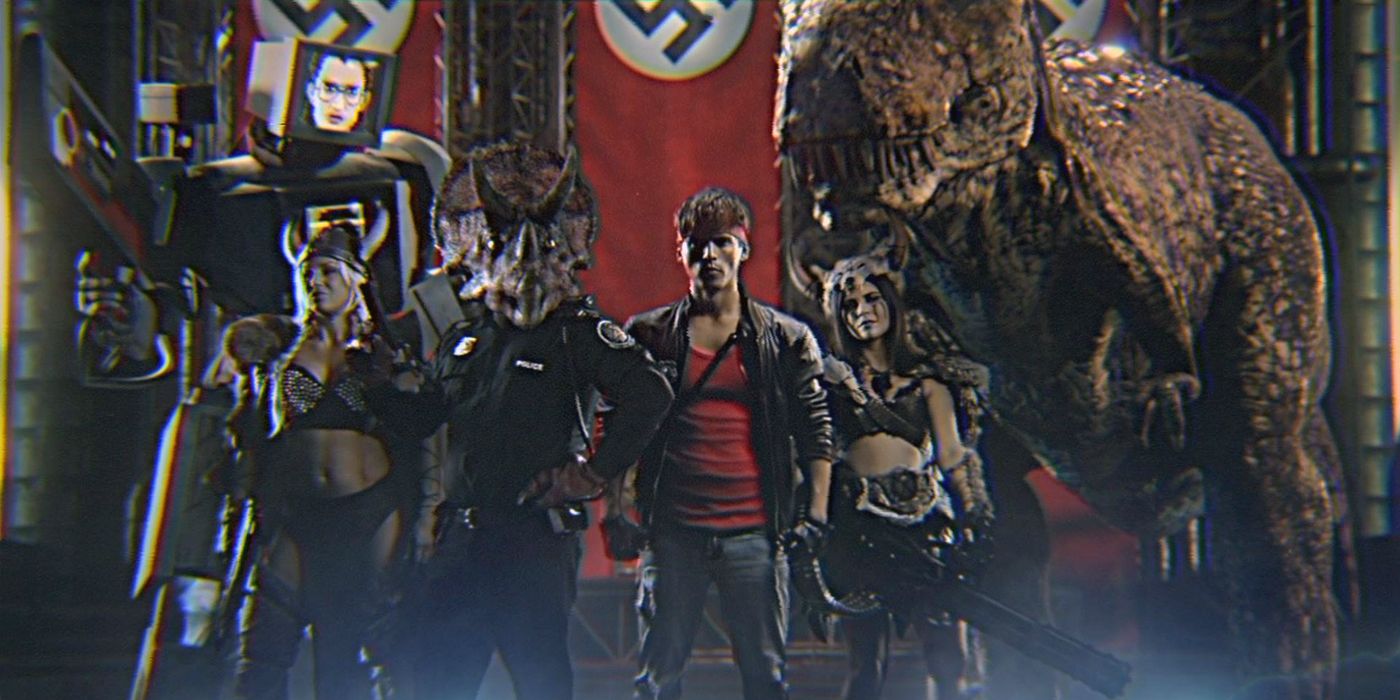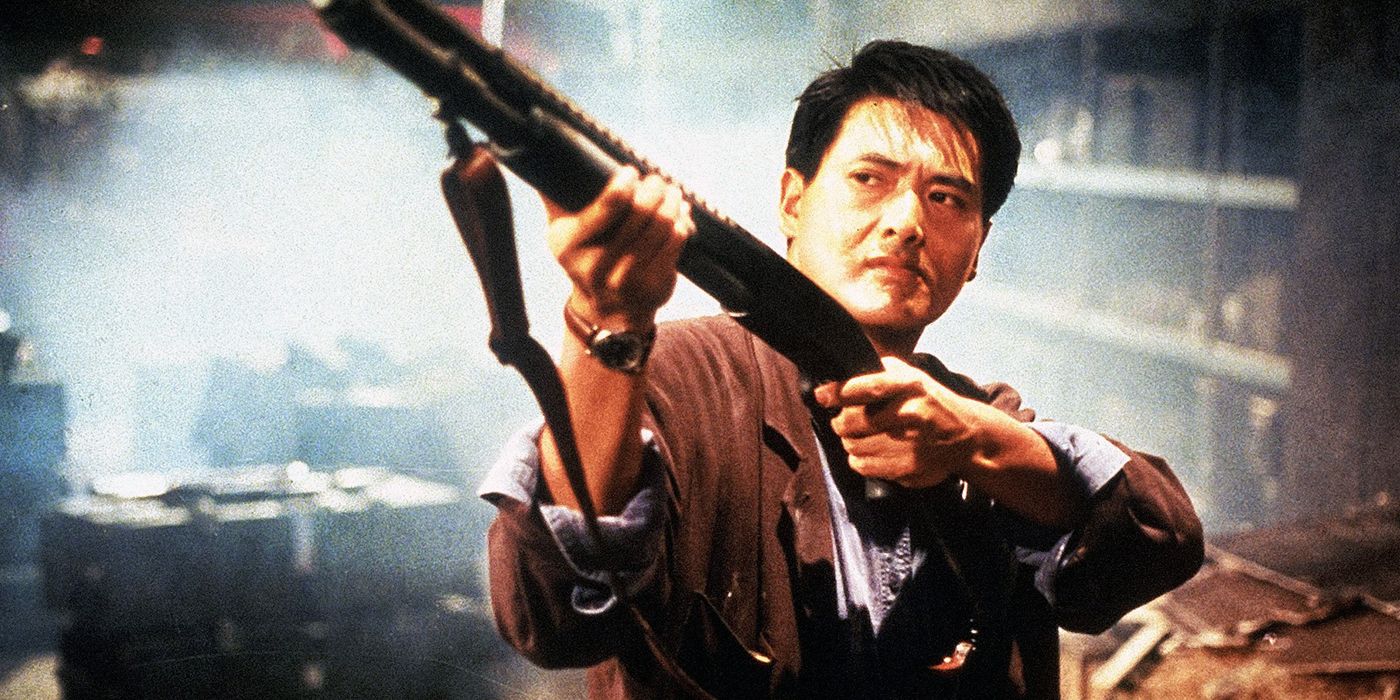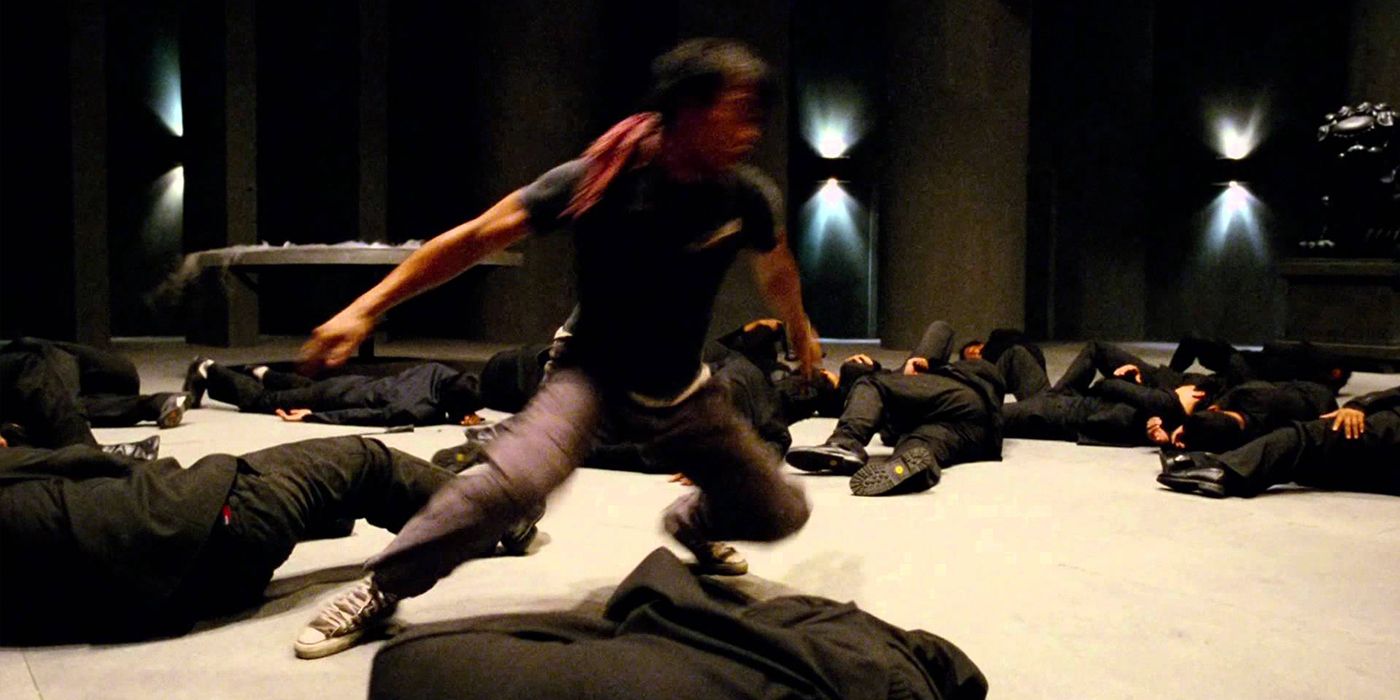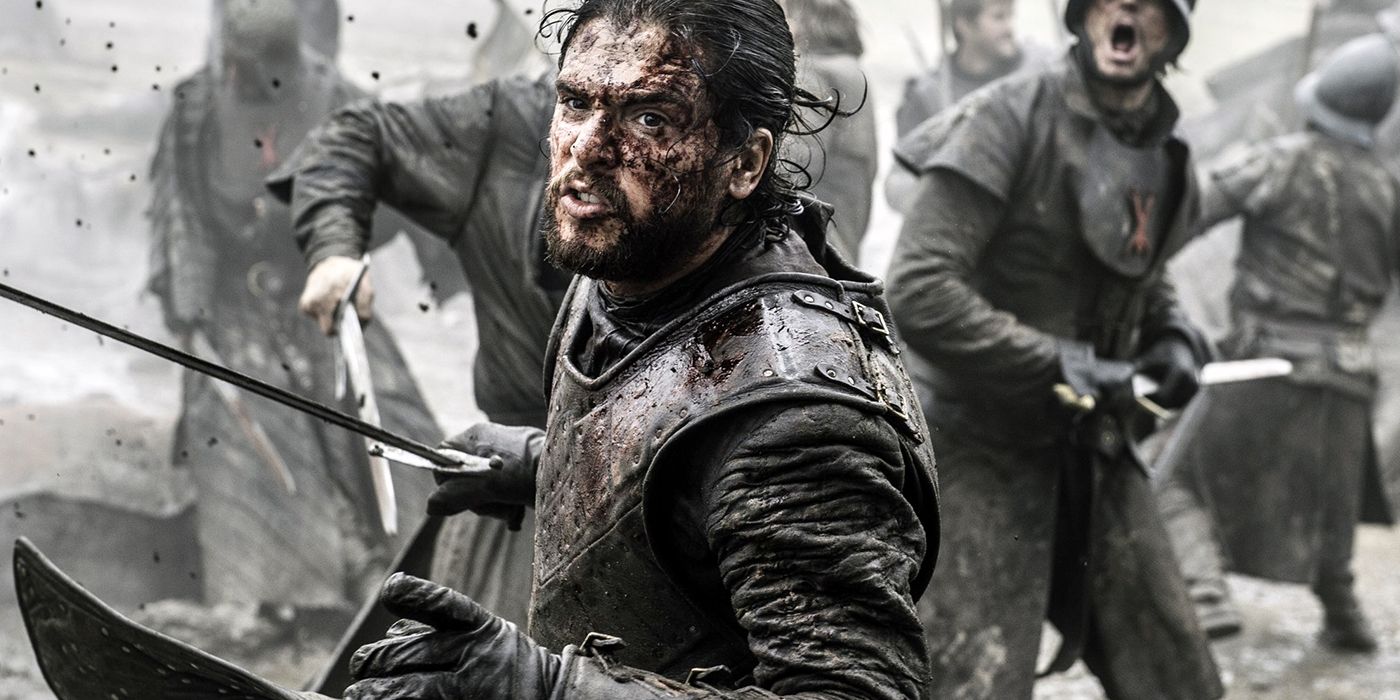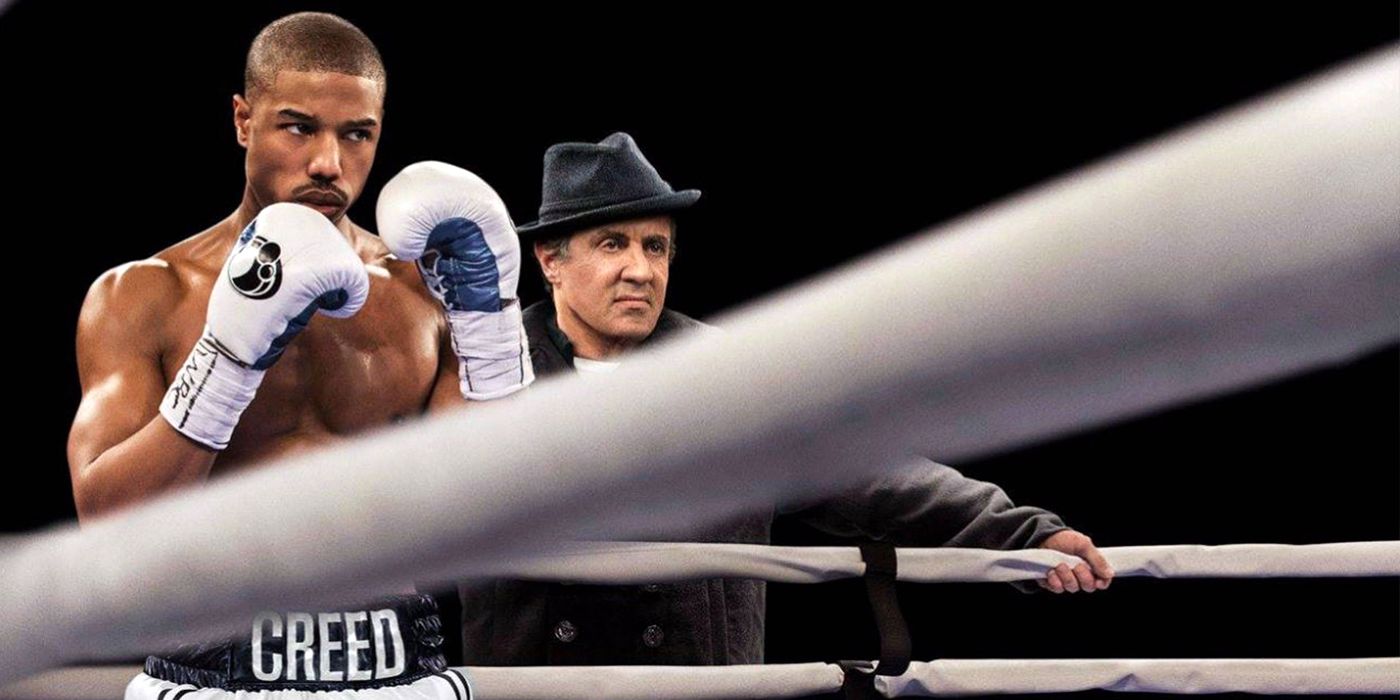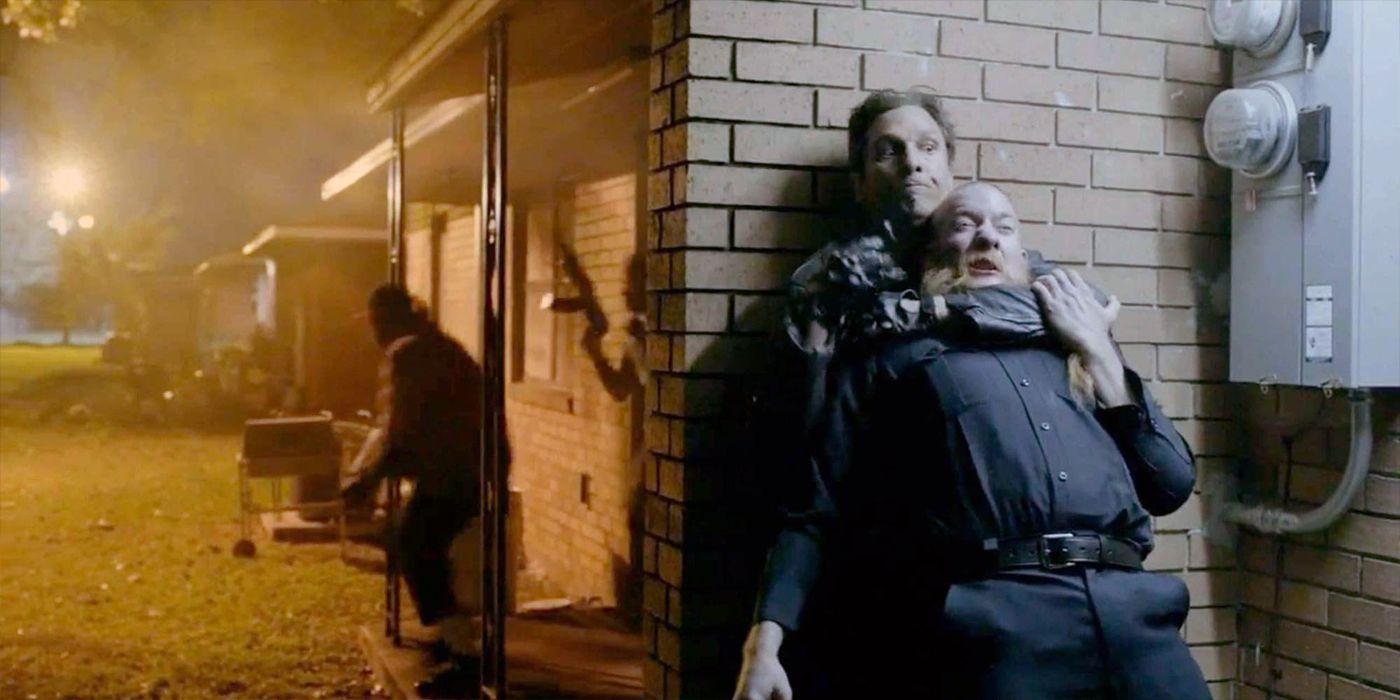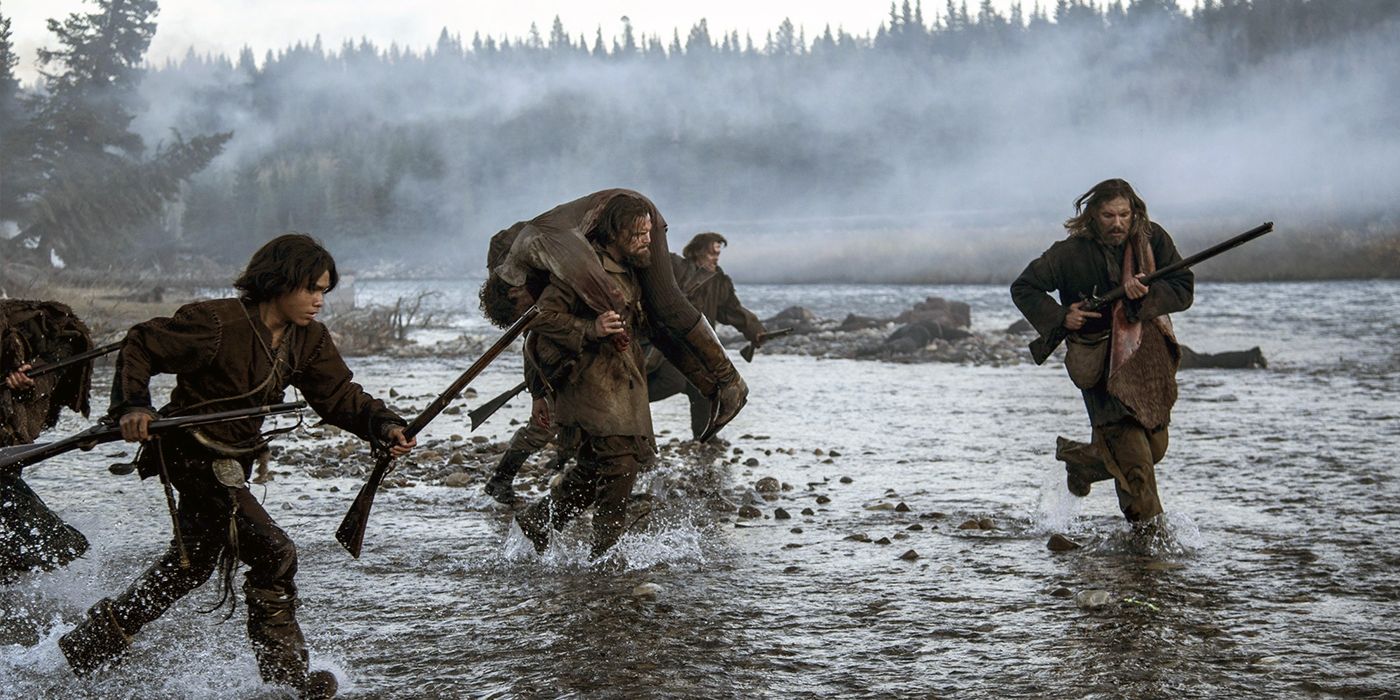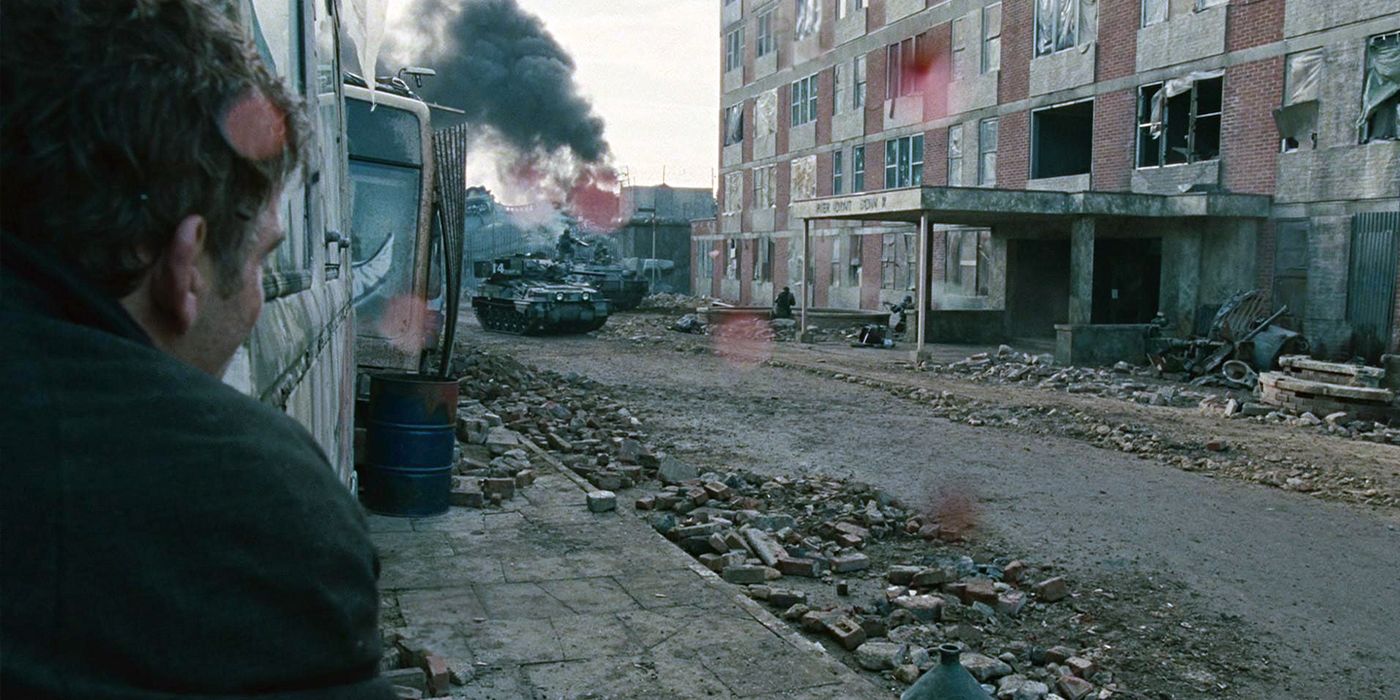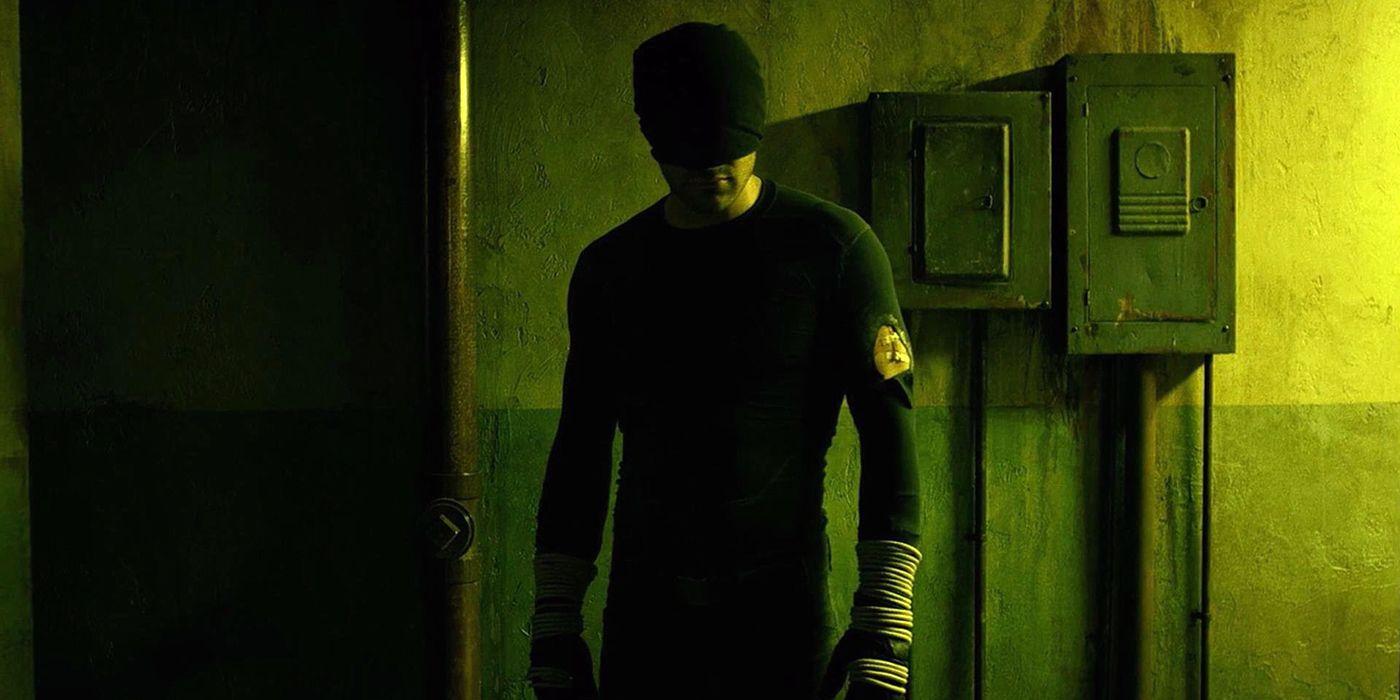From very early on, film directors attempted to push the boundaries of conventional editing norms with the use of long takes or “oners”. These extended shots, often composed with sophisticated and complex camerawork, allowed them to obtain a more coherent timing, bring a peculiar sort of realism to the scene, and manipulate tension.
In the breathtaking opening of Touch of Evil, Orson Welles established the long take as a practice of directorial excellence and virtuosity. Many international auteurs, Theo Angelopoulos, Andrey Tarkovsky, and Bela Tarr among them, used it as their main cinematic tool. More contemporary filmmakers, like Paul Thomas Anderson, Alfonso Cuarón, and Alejandro González Iñárritu, include long takes in all their films.
Consequently, action directors were fascinated by the technique, seeing incredible new possibility in it. In opposition to the trend of rapid editing that infested action cinema the last couple of decades, long take action scenes offer a far more creative way of putting the audience in the middle of the conflict, with often astonishing results.
Here are 15 Mind-Blowing One-Shot Action Scenes You Need To See.
15. THE AVENGERS / THE BATTLE OF NEW YORK
Despite the critical backlash, the DCEU is aesthetically a much richer universe compared to Marvel’s somewhat sterile visuals. While Thor and Guardians of the Galaxy were a sight for sore eyes, most of the MCU’s offerings tend to fall flat visually. Joss Whedon's The Avengers is no exception, since it remains cinematically unchallenging and optically uneventful, largely reproducing a TV aesthetic.
Having said that, there are more than a few well-crafted action sequences to make up to its visually blander moments. Probably the most impressive of which takes place in the Battle of New York and gets the long take treatment. For the first time ever, fans get to watch their favorite Avengers in terrestrial and aerial butt-kicking action, as they work together taking down an army of Chitauri soldiers, in a single continuous shot.
Not an actual shot, but a combination of live footage and CG action, the exhilarating scene is pure nerdgasm gold and ends in an amusingly anti-climactic way, as Thor gets sucker punched by a grinning Hulk.
14. HANNA / SUBWAY FIGHT
After the huge critical acclaim of Atonement and the mildly forgettable The Soloist, English director Joe Wright tried out his action abilities with Hanna. The story centers on a fifteen-year-old girl who’s been raised by her widowed father out in the wilderness in order to become the perfect assassin. When she finally encounters the outside world, she will find herself caught in a violent manhunt and the shattering truth of her true origin will soon come out.
Hanna is a gripping espionage thriller that plays out like a modern-day Brothers Grimm fairy tale. Captivatingly performed by young Saoirse Ronan and furnished by Wright’s excellent sense of aesthetics, it stands out from the action genre for its beautiful iconography and insightful symbolisms. The fighting sequences are slick, especially the subway scene where Hanna’s father (played by Eric Bana) is assaulted by a bunch of secret agents.
A three-minutes-plus long take of emerging tension and stunningly choreographed action, aptly accompanied by The Chemical Brothers’ subtle electronic textures, it’s another addition in Wright’s long list of impressive long takes. As he admitted himself: "Basically, I just like showing off".
13. THE ADVENTURES OF TINTIN / FALCON CHASE
Being one of the absolute experts of the medium, Steven Spielberg embedded the long take in his personal cinematic language from very early on in his career. Contrary to other directors, his oners were not a device of bedazzlement and are largely unnoticed. In his 2011 delightfully old-fashioned, and under-appreciated, The Adventures of Tintin however, he made a U-turn with an epic and utterly insane continuous shot.
Co-produced by Spielberg, Kathleen Kennedy and Peter Jackson, the film was the first long-awaited feature adaptation of Herge’s famous adventuring reporter and draws from three differents comic book storylines. Spielberg deployed the improvement of the 3D format and the advancements in motion capture technology by Jackson’s Lord of the Rings and King Kong films, and vividly brought to life a project he’s been flirting with since the 1980s.
Although not a live action shot, the mentioned take is an amazingly conceptualized and intensely storyboarded three minute chase through a fictional Moroccan seaside town. It's a thrilling rollercoaster ride that perfectly combines the excitement of the Indiana Jones films with the top-notch action of the Uncharted game series.
12. BATMAN V SUPERMAN: DAWN OF JUSTICE / KNIGHTMARE BATTLE
Whatever one might think of Zack Snyder, nobody can deny the fact that he is one of the most influential directors working today. His stylized extravaganzas may often fall short of critical support, they however make up to those in search of mind-boggling eye candy. The way he shoots action is praiseworthy due to its coherency and visual excellence, as opposed to the Michael Bay-esque nonsensical chaos that's currently popular in Hollywood.
Despite the controversy, Batman V Superman: Dawn of Justice features some of the best action sequences we’ve seen in the superhero genre. The staggering opening of Metropolis under siege, the brutal warehouse scene which is already a fan favorite, even the titular fight, whose awkward conclusion sadly overshadowed its solid conceptualization, are resonant examples. As is the superb long take battle in the magnificent “Knightmare” scene.
Set entirely in Bruce Wayne’s dystopian dream (or vision of a possible future), we observe his imprisonment and ultimate murder by a villainous Superman. Of course Batman did not go down without a fight and Snyder records his resistance to the Sons of Superman and the Parademons in an epic continuous shot of ferocious beauty and paranoia.
11. BREAKING NEWS / OPENING SHOWDOWN
Asian directors often broke ground with complex cinematic techniques, long takes among them. Especially in heavy action flicks like Tony Jaa’s films or The Raid franchise, extended shots are largely being used to better showcase the splendid choreography and growing tension, in opposition to western cinema’s tendency for rapid editing.
The seven-minute opening shot of the relatively unknown Hong Kong movie Breaking News is a perfect specimen of Eastern cinema’s cutting-edge style. Directed by Tarantino favorite Johnnie To, Breaking News is a satirical crime drama that comments upon the pivotal role of the media in all aspects of modern life, even in police work.
Staged as classic Western showdown, the film’s introduction depicts an undercover police operation gone horribly wrong, after a couple of regular unaware cops intervene with the a group of monitored robbers. The entire event is captured in a jaw-dropping oner, comprised of meticulous timing and masterful crane camera movements, that has been fairly compared with the opening of Orson Welles’ Touch of Evil.
10. KUNG FURY / FURY BEATS UP NAZIS
David Sandberg's Kung Fury is, plainly put, one of the best things to happen to action cinema -if not cinema generally- in recent years. Backed by more than 17,000 people and gathering a total of $630,019 in its crowdfunding campaign, it proved that a filmmaker’s passion, knowledge and love of cinema can lead to the materialization of even the craziest projects, despite the complete lack of studio backup.
A perfect 1980s throwback, the film recalls some of the best (and absolute worst) elements of the beloved genre pieces of the decade, with the seer enthusiasm of a sworn film buff. In its thirty-minutes of indescribable fun, its hero faces everything from murdering arcades and laser-beaming dinosaurs to Adolf Hitler himself. When he travels back in time to Third Reich Germany in order to destroy the hateful dictator once and for all, he ravages an entire legion of Nazi soldiers in a rip-roaring single long shot.
In a playful tribute to classic side-scrolling beat ‘em up video games, Kung Fury performs familiar moves and Mortal Kombat-esque fatalities, nailing outrageous one-liners like: “You don't need that spine. It's holding you back.” What’s most interesting though is that due to limited budget, the whole army is actually one poor guy who is repeatedly copy/pasted over Sandberg’s continuous take of insane demonstration of kung fu mastery.
9. HARD BOILED / HOSPITAL SHOOTOUT
Before his transfer to Hollywood, John Woo shot the influential action hit Hard Boiled. Woo was previously criticized for his glorifying portrayal of the underworld, so he decided to make a classic cop film, paying a tribute to his favorite crimefighters, Clint Eastwood’s Dirty Harry and Steve McQueen’s Bullitt.
The film stars Chow Yun-Fat as a badass cop and Tony Leung as an ace detective who team up in order to stop a murdering gang. A breakthrough for both its protagonists and its director, Hard Boiled is memorized for its iconic image of Yun-Fat in gunslinging action with a baby in his arm and the near-four-minute oner of shooting chaos that precedes it.
The take is part of the climactic hospital segment of the film which was shot in the total of forty days, leading the cast and crew to exhaustion, disorientation and injuries. Filming in that location was a drag so Woo decided to have a continuous shot to save time, with art department members rearranging the same set to create the illusion of changing flours. This forced decision resulted in one of the most action-packed and celebrated long takes ever.
8. THE PROTECTOR / RESTAURANT FIGHT
The last descendant of a Thai family of royal guards has his beloved elephants stolen by a Vietnamese mobster who runs a creepy brothel/restaurant joint in Sydney. Now he must travel all the way to Australia in order to retrieve the animals, with the help of Australian-based Thai-born detective and a call girl.
Prachya Pinkaew’s follow-up to the critically acclaimed Ong Bak may have one of the weirdest plots for a martial arts films you’re likely to see, but if it’s what gets Tony Jaa’s to unleash some serious butt-kickery, we'll allow it. There is a scene in The Protector far more famous than the film itself: the incredible four-minute continuous-running restaurant fight. This is the real deal. A fluid wide-angled steadicam venture closely following Jaa’s character Kham as he goes up several levels in a spiral-staircased building, razing everything that moves in his path.
Shot with spectacular choreography and an impossible technical dexterity, it look five takes and a whole month of preparations and is undoubtedly one of the best fighting sequences ever put to film. It also ends off with a hilarious instant cult classic quote: “Where are my elephants?”
7. GAME OF THRONES S6 / JON SNOW UNLEASHED IN BATTLE
The sixth season of Game of Thrones was huge. It made critics ecstatic, it swept the Emmys, it gained new fans while recovering old ones and eventually assured the well-deserved status of the most popular and momentous television series of its time. Showrunners David Benioff and D. B. Weiss were always looking for ways to raise the bar of the medium with storytelling qualities and production values that would make even the biggest Hollywood blockbusters jealous.
The season’s prominent episode “Battle of the Bastards”, written by Benioff and Weiss themselves and directed by Repo Men’s Miguel Sapochnik, has been praised not only as the series’ highlight, but among the best in television history. The events unfolding is everything fans were hoping for since the series debuted five years ago. Namely, Daenerys Targaryen rages in her full dragon-ridden majesty and Jon Snow marches to glory, in the long-anticipated climatic battle of the North.
Inspired by Akira Kurosawa’s Ran, as well as actual Civil War accounts, the “Battle of the Bastards” features some of the most striking and terrifying warfare imagery ever filmed. It is masterly conceptualized, with a clear sense of tactical planning and space movement, and emotionally gripping, considering the investment in the characters and the stakes they’re at. In a shocking moment, the camera closely follows Jon Snow in the heart of the battle with a thundering one-minute long take that perfectly captures the madness of war.
6. CREED / FIRST FIGHT
In an ideal world, all movie sequels/spin-offs would look like Ryan Coogler’s Creed. It is no wonder that Marvel’s Kevin Feige entrusted him with the upcoming highly anticipated Black Panther debut, adding him to the long list of talented new directors overtaking the current phase of the MCU.
The thirty-year-old achieved universal praise with his refreshing take on the Rocky Balboa franchise, offering a refreshing new angle and at the same time respecting the legacy of his predecessors. Creed is an exemplary specimen of modern Hollywood filmmaking, filled with heart, humor, excellent performances and thrilling action sequences. The film’s first boxing match is presented via a smashing five-minute extended shot that took no less than thirteen takes to achieve.
No cutaways, no fades or other editing tricks, just a steadicam flawlessly flowing between Adonis Creed and Leo Sporino, the masterful oner effectively transfers the viewer right in the middle of the ring, accenting boxing’s savage beauty.
5. TRUE DETECTIVE S1 / RAID IN THE HOUSING PROJECTS
Cary Fukunaga’s cinematic background really showed in HBO’s sensational series True Detective. Before being fully entrusted by showrunner Nic Pizzolatto to direct the complete first season, he already delivered two indie gems, the powerful immigration adventure/thriller Sin Nombre and the visually stunning adaptation of Charlotte Brontë’s Jane Eyre.
In True Detective Fukunaga was in a constant pursue of pushing the artistic limits of the show, providing fragments of his sophisticated aesthetics in each and every episode. A representative example and probably the series’ most memorable moment, is the much talked about long take from the fourth episode "Who Goes There", where undercover detective Rust Cohle raids a housing projects area with the Iron Crusaders gang, looking for drugs and money.
Lead by Matthew McConaughey's imposing presence, the shot remains uninterrupted for more than six minutes in a perfectly synchronized steadicam ride that involves multiple actors and extras, movement through houses and over fences, even a helicopter interference. It took seven attempts to come together and is already considered one of the most stimulating and genuinely suspenseful one-shots in history.
4. THE REVENANT / OPENING ARIKARA AMBUSH
All the controversy, the occasional bashing and the DiCaprio memes aside, The Revenant is an experience that is ought to be witnessed inside a movie theater. Masterful director of photography Emmanuel Lubezki brought Alejandro González Iñárritu’s vision to life in such a shattering way, you can’t help but be overwhelmed with awe when facing the grandeur he captured on his camera.
The film centers around the traumatic experiences of a historical frontiersman in the wilderness of early 19th century Montana and South Dakota, after being severely mauled by a grizzly bear and left behind by his fellow hunters. The eventful production and backstage stories of The Revenant could make a movie on their own. Iñárritu’s persistence in shooting the material in harsh, primitive conditions however, really paid of. Additionally to DiCaprio’s enthralling physical performance, the genuine sense of astonishment and dread is largely achieved by the impeccable cinematography.
A devotee of the one-shot, whose Oscar-winning Birdman plays like a huge unbroken shot, Iñárritu used the technique extendedly in The Revenant. In the opening sequence the fur traders are ambushed by an Arikara tribe. Not a single long take but a sum of four, following DiCaprio’s Hugh Glass, then Tom Hardy’s John Fitzgerald and then over again, the shockingly brutal sequence delves you abruptly into the film’s primitive and unforgiving world.
3. CHILDREN OF MEN / BATTLEFIELD
Alfonso Cuarón, the other exquisite craftsman and oner-loving Mexican, endowed modern cinema with some of the most breathtaking long takes ever. From Gravity’s heart-stopping opener, to Y Tu Mamá También’s intimate three-way necking scene, to Harry Potter and the Prisoner of Azkaban’s elaborate blocking when Harry finds out about Sirius Black, he used the long take in many different ways for both aesthetic and storytelling purposes, exploiting its form and function.
His unsettling and in many ways prophetic sci-fi thriller Children of Men is set in a not-so-distant dystopian 2027, where mankind has become infertile and faces extinction. Towards the end of the film, in a scene where former activist Theo tracks down Marichka with her miraculous newborn in order to lead the to safety, Cuarón comes off with what’s probably his most remarkable long take yet.
The sequence takes place amidst a battlefield and the long take method transfuses it with plausibility and tension. The flowing handheld camera closely follows Clive Owen’s character through heavy fire and explosions, gets actually blood-stained, and keeps rolling for almost seven minutes. Once again, Emmanuel Lubezki is responsible for the marvelous cinematography, and it is worth citing the skillful camera operator George Richmond, who received the prestigious Historical Shot Award for this particular scene.
2. OLDBOY / CORRIDOR FIGHT
Thirteen years ago, Chan-wook Park’s Oldboy exploded onto the arthouse cinema scene. Totally living up to its bloated hype, the filmed proved to be a sweeping masterpiece with the proportions of a Greek tragedy, a poignant comment upon the frailty of the human condition.
With Oldboy, the Korean master filmmaker established his signature style that’s composed of provocative -even disturbing- themes presented through a lyrical prism and insanely whimsical visual ideas other directors wouldn’t dare to put on film. Park excelled in dramatic blocking and frame composition, creating some of the most memorable and influential moments in modern cinema.
One of these is Oldboy’s corridor fight scene, where its hero Oh Dae-su single-handedly decimates a whole pack of mobsters, armed with nothing but a claw hammer. Completely absurd, weirdly funny and positively affecting, the scene runs through a continuous side-scrolling shot, while the soundtrack renders it with an operatic, larger than life quality. In a shattering performance by Choi Min-sik, Dae-su takes a bashing, tumbles over, drags from wall to wall, but ultimately reaches the end, smiling.
Undoubtedly one of the most outstanding long takes ever, it took three days and seventeen attempts to accomplish, but the result is nothing sort of cinematic perfection. It was reconstructed quite impressively by Spike Lee in his 2013 remake, failing nevertheless to reach the groundbreaking craftsmanship and emotional impact of the original.
1. DAREDEVIL S1 & S2 / HALLWAY & STAIRWELL FIGHTS
After the 2003 epic flop, Netflix did absolute justice to one of Marvel’s most interesting properties with the sublime Daredevil series. Helmed by the multi-talented writer/director Drew Goddard, the show finally placed Hell’s Kitchen’s blind vigilante in the MCU where he belonged, and will lead to the street level superhero team-up of The Defenders, next year. It got rave reviews from critics and was embraced by audiences for its grown-up tone and visually striking action sequences.
Combining elements from Frank Miller’s gritty comic versions, 1970s crime films, and contemporary Asian action cinema, Daredevil presented a new breed of superhero action, far more blood-soaked and realistic than MCU’s PG-13 violence. Showrunners Steven S. DeKnight in season one and Doug Petrie and Marco Ramirez in season two took their time to conceptualize the action, setting new standards not only for television, but filmmaking in general. Two incredibly choreographed long take sequences, one in each season, instantly stood out.
Paying tribute to the previous Oldboy entry, the famous hallway fight scene at the end of “The Cut Man” episode from season one, sees a seriously injured Matt Murdock taking on a group of Russian thugs who kidnapped a young boy. Stunningly shot with brilliant blocking and smooth camera movement, it effectively portrays the hero’s iron will to reach his goal, despite his evident physical exhaustion. It easily ranks amongst the best one-shots and was only surpassed by the scene in second season’s “New York’s Finest” episode, where Daredevil knocks out the entire Dogs of Hell gang.
This time in full costume and much more experienced in combat, the Man Without Fear fights his way down a labyrinthine block stairwell, striving to stay true to his no-killing code, right after being ideologically challenged by his encounter with The Punisher. Drawing from another Asian actioner, Gareth Evans’ The Raid, fight coordinator Phil Silvera pulls off an incredibly complex and brutally choreographed long take that feels like a virtual descent to hell.

